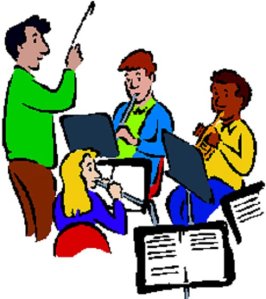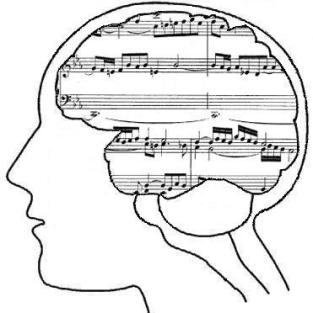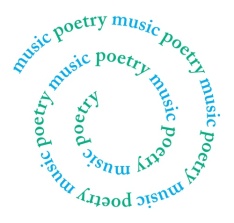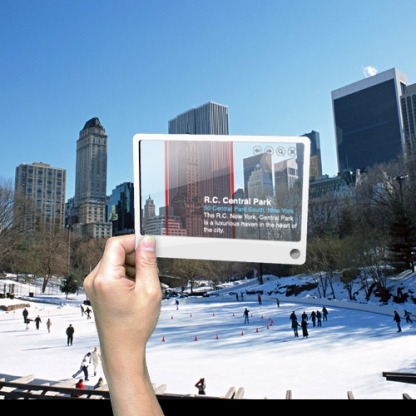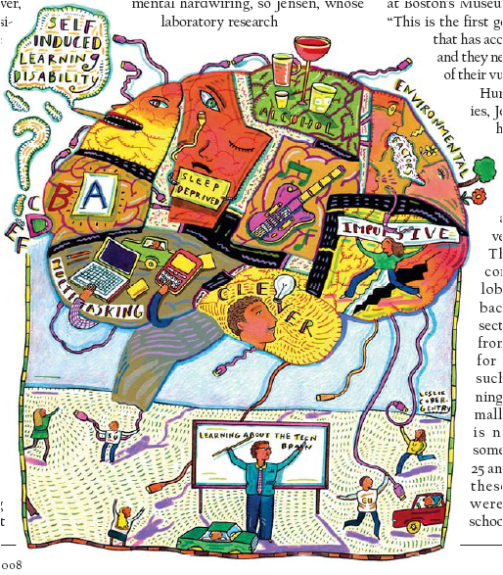“Art does not solve problems, but makes us aware of their existence”–sculptor Magdalena Abakanowicz.
With the looming “fiscal cliff” federal budget crisis casting a shadow of economic doubt over the United States, one victim of impending educational budget cuts will be funding for the arts. While this story is nothing new–art programs have been under siege in this country for more than a decade (check out this article which outlines the decline of artistic institutions across the country) –the budget cuts inevitably caused by the fiscal cliff increase the threat to these programs’ existence. “If the government is unable to come to a resolution, federal education programs for elementary and high schools would lose a little over $2 billion — or close to 8 percent of the current budget — starting next fall, according to the Office of Management and Budget and the Education Department.” This quote came from a New York Times article published November 15th.
Why the concern? The lack of artistic and creative programs in our schools–including music, theater, film, and digital art classes–threaten to block students off from spaces where serious creative expression can be allowed to flourish. “Arts education…does solve problems. Years of research show that it’s closely linked to almost everything that we as a nation say we want for our children and demand from our schools: academic achievement, social and emotional development, civic engagement, and equitable opportunity,” says Fran Smith of edutopia.org. Linking to our ongoing discussions on multimodal education, arts in our schools is essential for students to experience the creative process. Performing in front of an audience requires developing not only inter-and intra-personal skills, but also the the skills requiring the kind of artistic intelligence being done (musical, kinesthetic through dance, linguistic in the theater). Visual art programs such as digital graphics and photography prepare students for great careers in media, film, and advertising.
If anyone out there has ever been fortunate enough to take an art course in high school with a passionate teacher, they know how beneficial that experience can be. That is why it’s so critical to keep art programs strong in our school. It’s an issue that is voted on in school budgets and should definitely be supported. Support the Arts!!

